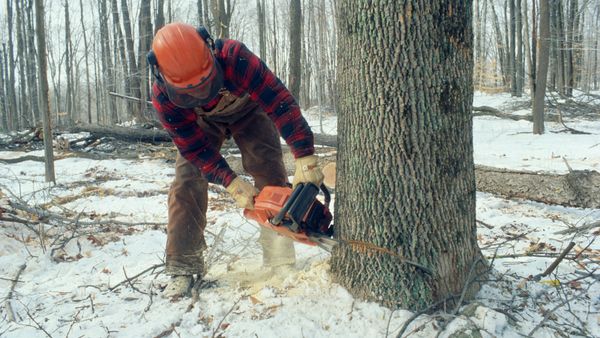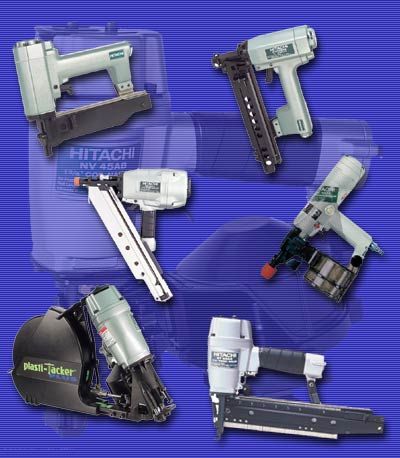A common heat gun is an inexpensive way to reflow, or reattach, electronic components that have been soldered together. While a regular hot-air solder rework station could cost more than $100, a common heat gun available from most home improvement stores should cost no more than $50. Undertaking reflow soldering with a heat gun may not seem like a very complicated task; however, understanding how to conduct the project and taking the necessary precautions will help keep you safe and make your task a success.
Most heat guns work at 1,000 watts, but only some of them have temperature control gauges. The first precaution to take is making sure you have the right safety equipment; using a heat gun may seem simple, but it can be very dangerous! Before you start your project, make sure you have protective glasses and gloves and tweezers or another heat-resistant tool to hold the components you'll be working on. Remember, some solder contains lead that can produce extremely toxic fumes and vapors when heated to extreme temperatures -- such as during reflow soldering. Make sure your work area is well ventilated, avoid exposure to toxins and be aware of the symptoms of lead poisoning.
Advertisement
Before you begin soldering, make sure that all the small components on your board are held down; the heat gun produces a lot of air that can blow these parts away. Heat guns are best used for fixing broken connections on a populated board or for adding or removing new connections.
To add a single new component to the board, first place some solder paste on the component. Then fire the heat gun onto the solder paste (holding the component with tweezers or another tool that won't catch fire) until it becomes shiny. This should take no longer than a minute. Once the component is in place, leave it on the board to cool for at least 10 minutes.
Advertisement

